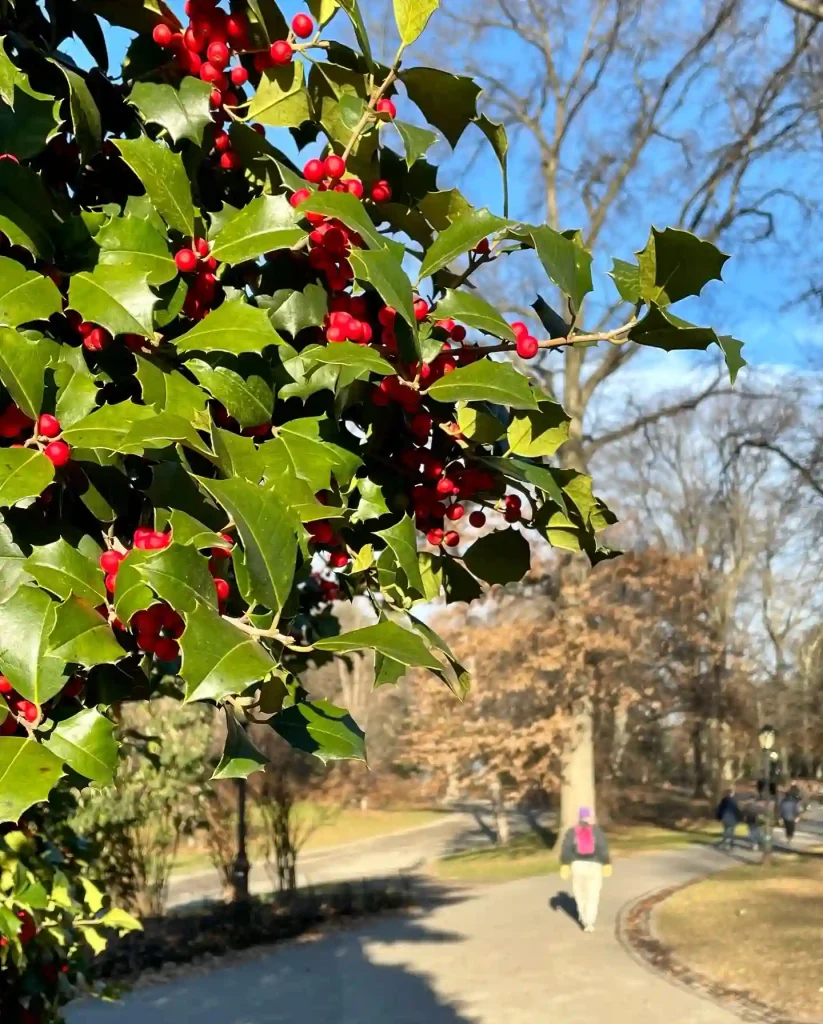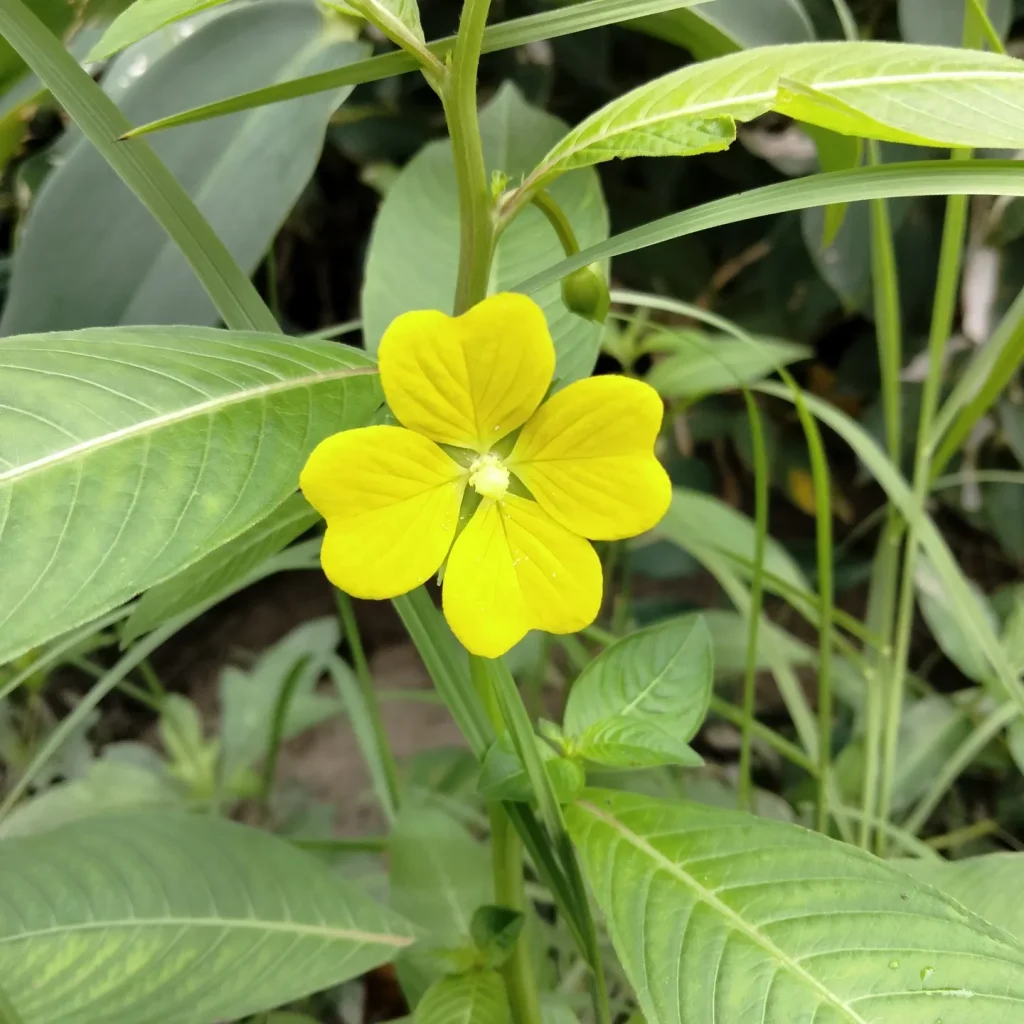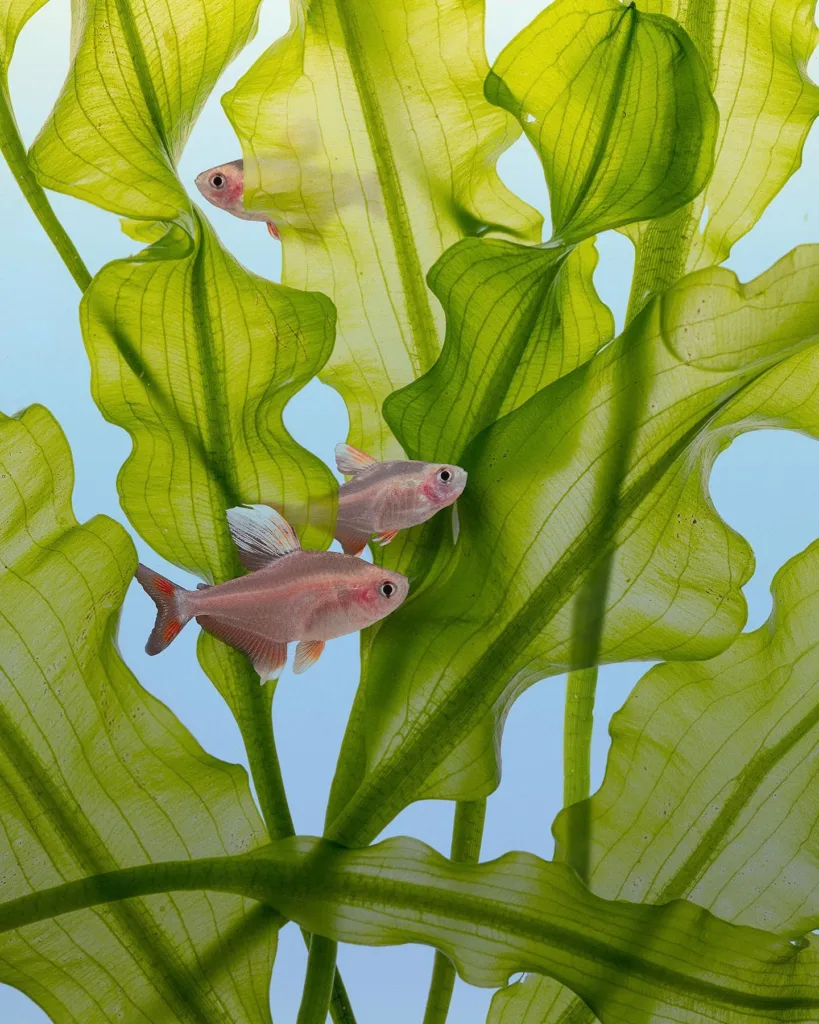What is Dianthus Kahori?
Dianthus Kahori, often simply referred to as Kahori Dianthus, is a charming perennial that belongs to the Dianthus genus. Known for its delightful blooms and compact growth, it is a popular choice for gardens, adding a splash of color and elegance. Its small, vibrant flowers and neat foliage make it an attractive option for both seasoned gardeners and beginners alike.
378 Species in Genus Dianthus
Does Dianthus Kahori Spread?
Dianthus Kahori is not an aggressive spreader. It grows in a clump, gradually expanding over time but not spreading uncontrollably. If you’re looking for a plant that will stay compact and won’t invade your garden, Dianthus Kahori is an excellent choice. It’s perfect for borders or containers where you want a well-behaved plant.
Is Dianthus Kahori a Perennial?
Yes, Dianthus Kahori is a perennial. This means it will come back year after year, provided it is planted in suitable conditions. In the right climate, it will endure through the seasons, offering reliable blooms and evergreen foliage. If you’re looking for a plant that will give you long-term value and beauty, this perennial fits the bill perfectly.
How Do You Take Care of Dianthus Kahori?
Taking care of Dianthus Kahori is relatively straightforward. Here are some essential care tips:
- Sunlight: It thrives in full sun but can tolerate partial shade. Ideally, it should get at least 6 hours of sunlight daily.
- Soil: It prefers well-draining soil. Ensure the soil isn’t too heavy or clayey as this can lead to root rot.
- Watering: Water regularly but avoid waterlogging. Allow the top inch of soil to dry out between waterings.
- Fertilization: Feed it with a balanced fertilizer in early spring to encourage healthy growth and abundant blooms.
How to Deadhead Dianthus Kahori?
Deadheading is an important part of maintaining Dianthus Kahori’s appearance and promoting further blooming. To deadhead, simply remove the spent flowers by pinching them off or cutting them back to the base of the flower stem. This prevents the plant from putting energy into seed production and encourages it to produce more blooms.
How to Prune Dianthus Kahori?
Pruning Dianthus Kahori helps to keep the plant healthy and tidy. Here’s how you can do it:
- Timing: Prune after the first bloom to encourage a second flush of flowers.
- Technique: Cut back the stems to about 2-3 inches above the ground. Remove any dead or damaged foliage to improve air circulation and reduce the risk of disease.
- Frequency: Regularly check the plant and prune as needed to maintain its shape and health.
What Flower to Plant with Kahori Dianthus Perennials?
When selecting companion plants for Dianthus Kahori, consider plants with similar growing conditions. Some good options include:
- Lavender: Adds a lovely fragrance and complements the Dianthus’s color.
- Salvia: Offers a range of colors and thrives in similar conditions.
- Veronica: Provides additional vertical interest and blooms in harmony with Dianthus.
These companions enhance the overall garden aesthetic and provide a harmonious blend of colors and textures.
Where to Buy Dianthus Kahori?
You can purchase Dianthus Kahori from various sources:
- Local Nurseries: They often carry a selection of perennials, including Dianthus Kahori. It’s a good idea to check with local garden centers.
- Online Retailers: Websites like Etsy, Amazon, and specialty plant nurseries often have Dianthus Kahori available. Ensure you buy from reputable sellers to get healthy plants.
- Garden Shows: These events can be a great opportunity to find unique plants and speak with experts.
Can You Grow Dianthus Kahori Indoors?
Dianthus Kahori is primarily an outdoor plant. While it can be grown indoors, it requires ample sunlight and proper ventilation, which can be challenging to provide indoors. If you do attempt to grow it inside, place it in a south-facing window and ensure it gets plenty of light.
Is Dianthus Kahori Toxic?
Dianthus Kahori is non-toxic to both humans and pets. This makes it a safe choice for gardens where children and animals may be present. Its vibrant flowers are not only beautiful but also harmless.
Common Problems with Dianthus Kahori
Despite its hardiness, Dianthus Kahori can encounter some issues:
- Powdery Mildew: This fungal disease appears as a white, powdery substance on leaves. Improve air circulation and avoid overhead watering to prevent it.
- Root Rot: Caused by overwatering or poor drainage. Ensure the soil is well-draining and avoid waterlogging.
How Does Dianthus Kahori Compare to Other Dianthus Varieties?
Compared to other Dianthus varieties, Kahori Dianthus is known for its compact size and vibrant blooms. While varieties like Dianthus ‘Pink Kisses’ or ‘Cranberry Ice’ may offer different color variations or growth habits, Kahori stands out for its consistent performance and neat appearance.
In conclusion, Dianthus Kahori is a versatile and attractive perennial that can enhance any garden with its vibrant blooms and manageable growth. By understanding its care requirements and potential issues, you can ensure it thrives and adds beauty to your garden for years to come.
If i die, water my plants!



